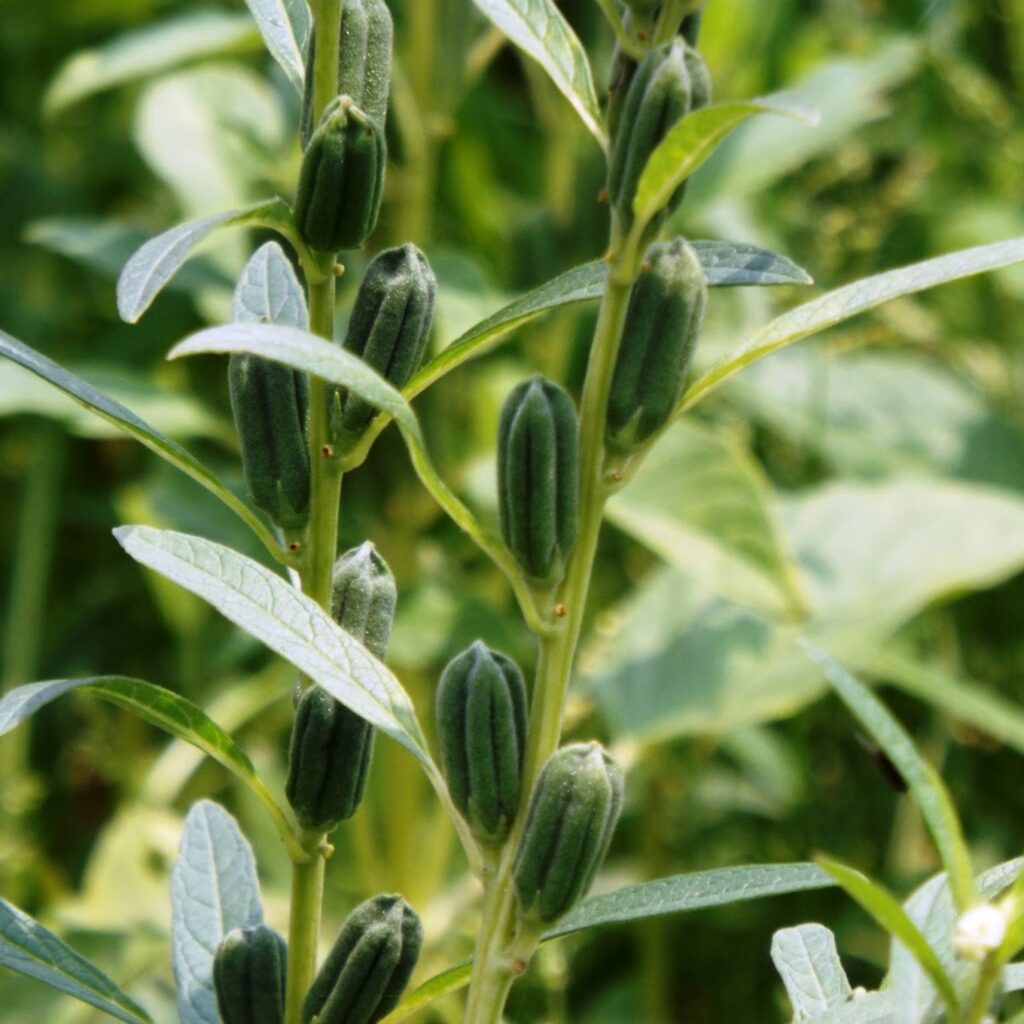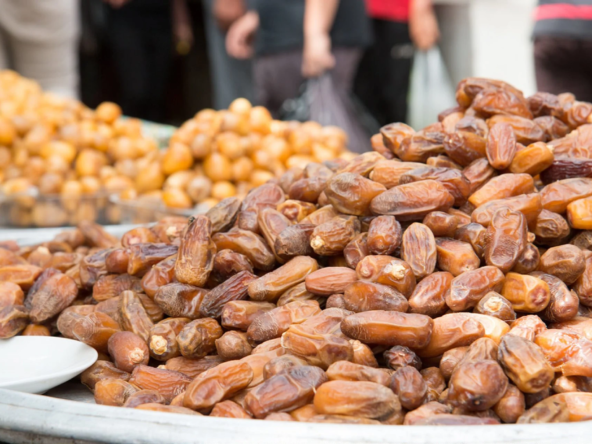Sesame seeds have been treasured for centuries, not only for their unique nutty flavor but also for their rich nutritional profile. As one of the oldest oilseeds known to humanity, sesame is valued worldwide for its versatility in cooking, health benefits, and even skincare. Growing sesame seeds can be a rewarding experience, especially for home gardeners looking to add a unique plant to their garden. Ajigo Farms Ltd, a trusted name in agro commodities, presents this comprehensive guide on cultivating sesame in your home garden.
Why Grow Sesame Seeds?
Growing your sesame plants offers numerous benefits. As a drought-tolerant plant, sesame can thrive with minimal water, making it ideal for gardeners in arid and semi-arid regions. Its seeds are packed with healthy fats, protein, fiber, and antioxidants, and they’re widely used in both food and wellness applications. Additionally, sesame plants contribute to soil health by adding organic matter back into the ground, enriching your garden for future crops.
Getting Started: Choosing the Right Sesame Variety
There are several varieties of sesame, each suited to different climates and growing conditions. The most common types are black, white, and brown sesame seeds, with each type having subtle variations in flavor and use. For home gardening, look for varieties that are well-suited to your region’s climate. At Ajigo Farms, we recommend researching your local climate conditions or consulting with agricultural experts for the best sesame variety to plant.
Ideal Growing Conditions for Sesame
- Climate: Sesame thrives in warm climates with plenty of sunlight. It requires a frost-free season and performs best in temperatures between 25-35°C (77-95°F).
- Soil: Sesame grows well in loose, well-drained soil with a pH between 5.5 and 7.5. Sandy loam or light clay soils are ideal for its root system. If your soil is heavy, consider amending it with organic matter to improve drainage.
- Watering Needs: Sesame plants are drought-resistant and should not be overwatered. Water moderately, keeping the soil moist but not soggy.
Step-by-Step Guide to Growing Sesame
1. Prepare the Soil
- Begin by preparing a garden bed or large container with loose, well-drained soil.
- Add compost or organic matter to enhance soil fertility. Sesame plants are not heavy feeders, but they benefit from the extra nutrients.
2. Plant the Seeds
- Directly sow sesame seeds about 1/4 inch deep into the prepared soil.
- Space the seeds approximately 2 inches apart in rows, with rows spaced 2 feet apart for optimal air circulation.
- After sowing, cover the seeds lightly with soil and water gently to prevent seeds from being disturbed.
3. Thinning and Transplanting
- When seedlings reach about 2 inches tall, thin them to leave a space of 6-12 inches between plants to reduce competition for resources.
- If you have started your seeds indoors, transplant them carefully once they are about 4 inches tall and after the risk of frost has passed.

4. Watering and Fertilizing
- Water sesame plants sparingly; they only need enough water to keep the soil slightly moist, especially during germination.
- Fertilize lightly with a balanced organic fertilizer every 4-6 weeks. Avoid over-fertilizing, as this can hinder seed production.
5. Controlling Pests and Diseases
- Sesame plants are relatively pest-resistant, but they can attract leafhoppers, aphids, and whiteflies. Natural remedies like neem oil spray or introducing beneficial insects (such as ladybugs) can keep pests under control.
- To prevent fungal diseases, ensure good air circulation around the plants by spacing them properly and avoid overhead watering.
Harvesting Sesame Seeds
Sesame plants are ready for harvest when the leaves start to yellow and fall off, and the seed pods turn brown and begin to crack open. This typically occurs about 90-120 days after planting. Here’s how to harvest:
- Cut the Plants: When the seed pods have matured, cut the entire plant near the base.
- Drying: Hang the plants upside down in a dry, well-ventilated area for about a week. This will allow the pods to fully dry and begin to open, making it easier to extract the seeds.
- Collecting the Seeds: Once dried, gently shake the plants or tap the pods to release the seeds. Use a mesh screen to separate seeds from debris if needed.
Storing Sesame Seeds
To keep your sesame seeds fresh, store them in an airtight container in a cool, dark place. Freshly harvested sesame seeds can last for up to a year if stored properly. For longer shelf life, consider refrigerating or freezing the seeds, especially in warmer climates.
Benefits of Growing Sesame in Your Home Garden
By growing sesame seeds at home, you gain access to a versatile ingredient for your kitchen, rich in nutrients and beneficial compounds. Homegrown sesame is free from pesticides and additives, making it a healthier choice for cooking, baking, or as a topping. Moreover, growing sesame can add biodiversity to your garden, attracting beneficial insects that contribute to a thriving garden ecosystem.
Final Thoughts by Ajigo Farms Ltd
Growing sesame seeds at home can be a fulfilling endeavor, connecting you to a plant that has been cultivated for thousands of years. With the right conditions and a bit of patience, you can enjoy a personal harvest of these nutritious seeds. Ajigo Farms Ltd encourages home gardeners to explore the world of sesame and experience the joy of cultivating this ancient and beneficial plant. For more tips and resources on growing sesame and other agro commodities, follow Ajigo Farms Ltd and join our community of growers.
Happy gardening!
Ajigofarms is a reliable global agricultural purchase sourcing with profound expertise in the manufacturing, and exportation of food crops. We are tested, and trusted suppliers of all kinds of cash crops and food crops. Our constant supply chain solution makes exporting easy, quick, and safe, we are identified with timeliness and meeting up with deadlines. Regardless of the region you are located in worldwide, you can reliably order your Agric products and be rest assured of successful delivery.




